Explore the fascinating world of cognitive illusions and biases in “How Our Minds Play Tricks on Us,” a captivating blog by Dr. Vinaya Prabha.
Picture this, you are house hunting and finally you like a house that you want to buy, the
view is good, all facilities and amenities are available it’s within your budget ,it’s the real
deal and then you overhear a negative comment from someone in the neighborhood about
there not being enough sunlight in a certain portion of the house. Your mind immediately
goes into a dilemma based on a single negative comment. Welcome to the world of
Cognitive Biases! In the labyrinth of the human mind, cognitive biases lurk, subtly
influencing our perceptions, decisions, and behaviors. These mental shortcuts, while are
often helpful in navigating our complex world, can also lead us astray, blinding us to reality
and fostering irrationality. These biases can lead to errors in judgment, perception, and
interpretation of reality, influencing our thoughts, beliefs, and behaviors in predictable
ways.
During a job interview, a candidate is asked about their strengths and weaknesses. The
candidate, let’s call her Sarla, vividly recalls a recent project where she successfully led a
team to meet tight deadlines, impressing her previous employer. This experience stands
out prominently in her mind, leading her to emphasize her leadership skills and problemsolving abilities as her greatest strengths. However, Sarah overlooks instances where she
struggled with time management and communication and dismisses them as minor
setbacks.
In this case, Sarla, demonstrates Salience bias by focusing on the most salient and
memorable aspects of her past experiences—the successful project leadership—while
downplaying or ignoring less prominent details, such as her challenges with time
management. This bias can skew her self-assessment and lead to an incomplete or overly
positive portrayal of her abilities during the interview.
Deepak, an experienced stock trader, believes he has a knack for predicting market trends
with precision. Despite warnings from financial experts about the unpredictability of the
stock market, Deepak remains confident in his abilities. He decides to invest a significant
portion of his savings in a speculative stock based on his gut feeling that it will soar in
value.
Deepak’s overconfidence bias leads him to overestimate his knowledge and abilities in
predicting market movements. He disregards the inherent uncertainty and risks associated
with stock trading, placing undue confidence in his speculative instincts. As a result,
Deepak exposes himself to a higher level of financial risk, potentially jeopardizing his
savings due to his unwarranted confidence in his trading abilities.
Pooja, a high school student, receives glowing feedback from her teachers and peers on
her academic achievements and extracurricular activities. However, she becomes fixated
on a single critical comment from her math teacher about a mistake she made on a recent
test. Despite the abundance of positive feedback, Pooja’s mood is significantly affected by
the negative remark, causing her to doubt her abilities and feel demotivated.
Pooja’s response exemplifies negativity bias, wherein negative stimuli have a stronger
impact on her emotions and perceptions compared to positive stimuli. Despite receiving
overwhelmingly positive feedback, she focuses disproportionately on the single negative
comment, allowing it to overshadow her achievements and undermine her selfconfidence. This bias can contribute to feelings of insecurity and self-doubt, despite
objective evidence of success.
Often even in our daily relationships we display these biases, for example in a romantic
relationship we tend to fixate on our partners negative traits and amplify them, forgetting
the good.
We display overconfidence in predicting other people’s thoughts or emotions. When they
react differently from what we had estimated, we wonder about it.
Considering the overwhelming influence of cognitive errors or biases in our lives, there
must be ways to navigate through the complex maze created by them. Yes there is, first we
must understand that these biases serve a purpose. Cognitive biases are not flaws in the
design of the human mind but rather adaptive mechanisms honed by evolution to cope
with the challenges of survival and reproduction.
Imagine you’re out in the wild thousands of years ago, hunting for food like our ancestors
did. Back then, they had to make quick decisions to survive. Let’s say you’re walking
through the forest and you hear a rustling in the bushes. Your brain quickly tells you to
think it might be a dangerous animal, like a predator. This quick thought is a kind of mental
shortcut called a cognitive bias.
Another example is how our brains are wired to quickly notice differences in our
surroundings. Think about being in a dark cave long ago. If you see something moving in the
shadows, your brain might assume it’s a threat, like a predator, even if it’s just a harmless
animal. This bias, called the “negativity bias,” helped our ancestors stay alert and avoid
danger in uncertain environments.
So, these cognitive biases are not mistakes in our thinking. Instead, they’re like built-in
survival tools that helped our ancestors stay safe and make quick decisions in challenging
environments. Even though we don’t hunt for food in the same way anymore, our brains
still use these biases to help us navigate the world around us.
Here are some practical strategies to overcome cognitive biases:
Awareness: The first step in overcoming cognitive biases is to become aware of them. Pay
attention to your thoughts, feelings, and behaviors, and recognize when biases might be
influencing your decisions or perceptions.
Pause and Reflect: When faced with a decision or judgment, take a moment to pause and
reflect before acting. Consider whether any biases might be at play and how they could be
influencing your thinking.
Seek Diverse Perspectives: Actively seek out diverse perspectives and information,
especially when making important decisions. This can help counteract biases like
confirmation bias, which involves seeking out information that confirms preexisting
beliefs.
Challenge Assumptions: Question your assumptions and beliefs, especially those that
seem automatic or unquestioned. Encourage yourself to consider alternative viewpoints
and possibilities, even if they challenge your initial thoughts.
Practice Mindfulness: Cultivate mindfulness through practices such as meditation and
deep breathing. Mindfulness can help increase awareness of your thoughts and emotions,
allowing you to recognize and address biases more effectively.
Consult Trusted Advisors: Seek input from trusted friends, mentors, or professionals when
making important decisions. They can offer valuable insights and perspectives that may
help counteract biases and provide a more balanced viewpoint.
By incorporating these strategies into your daily life, you can develop greater awareness of
cognitive biases and enhance your ability to make more rational, informed decisions.
Remember that overcoming biases is an ongoing process, and it takes practice and effort
to develop more objective and rational thinking habits
Blog written by Dr Vinaya Prabha and Dr Himani Upadhyaya


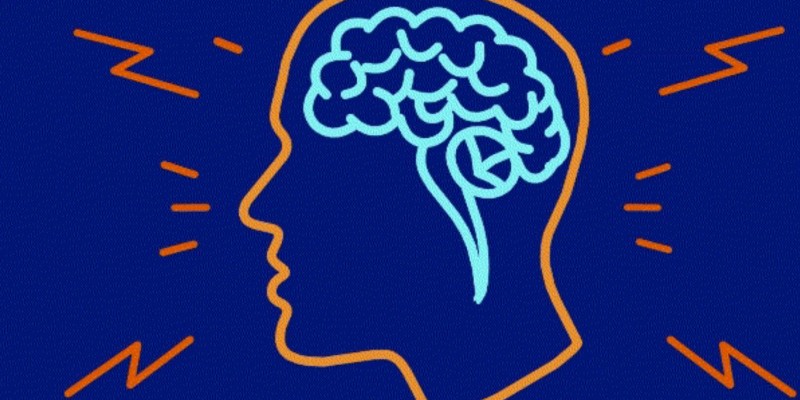
 Finding Harmony: The Psychology of Work-Life Balance
Finding Harmony: The Psychology of Work-Life Balance 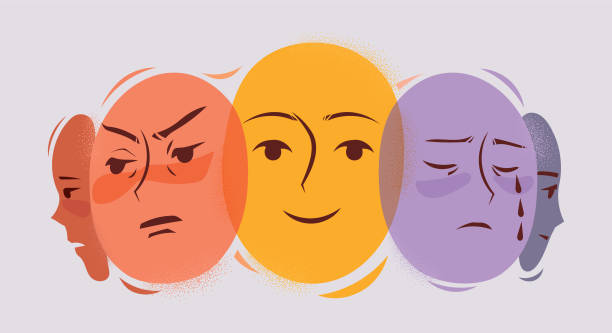 Cognitive Appraisal: Understanding How Your Mind Shapes Emotions
Cognitive Appraisal: Understanding How Your Mind Shapes Emotions 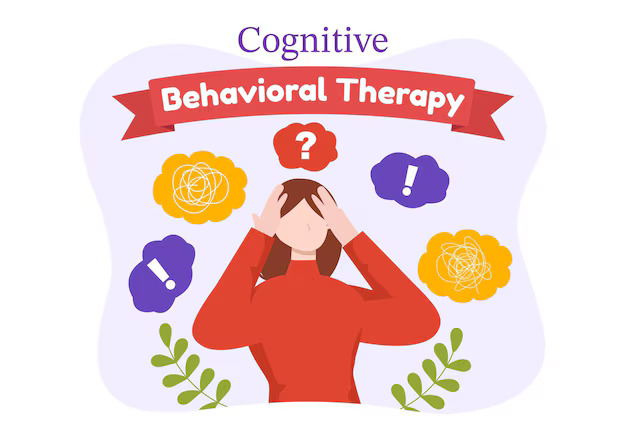 Understanding Cognitive Behavioral Therapy: A Guide
Understanding Cognitive Behavioral Therapy: A Guide  Embracing the tide of Emotions
Embracing the tide of Emotions 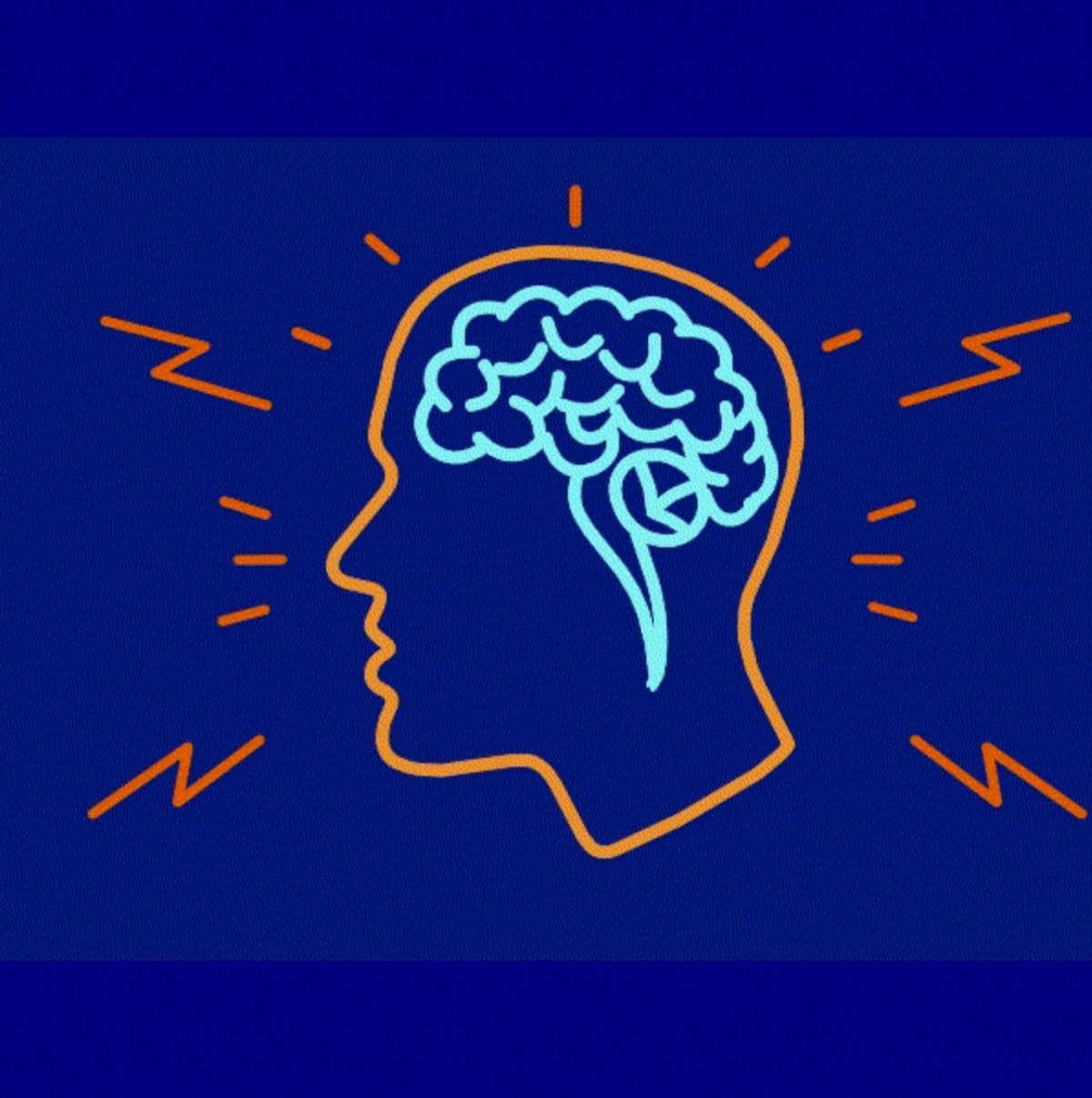 How Our Minds Play Tricks on Us
How Our Minds Play Tricks on Us  Handling Questions Effectively
Handling Questions Effectively 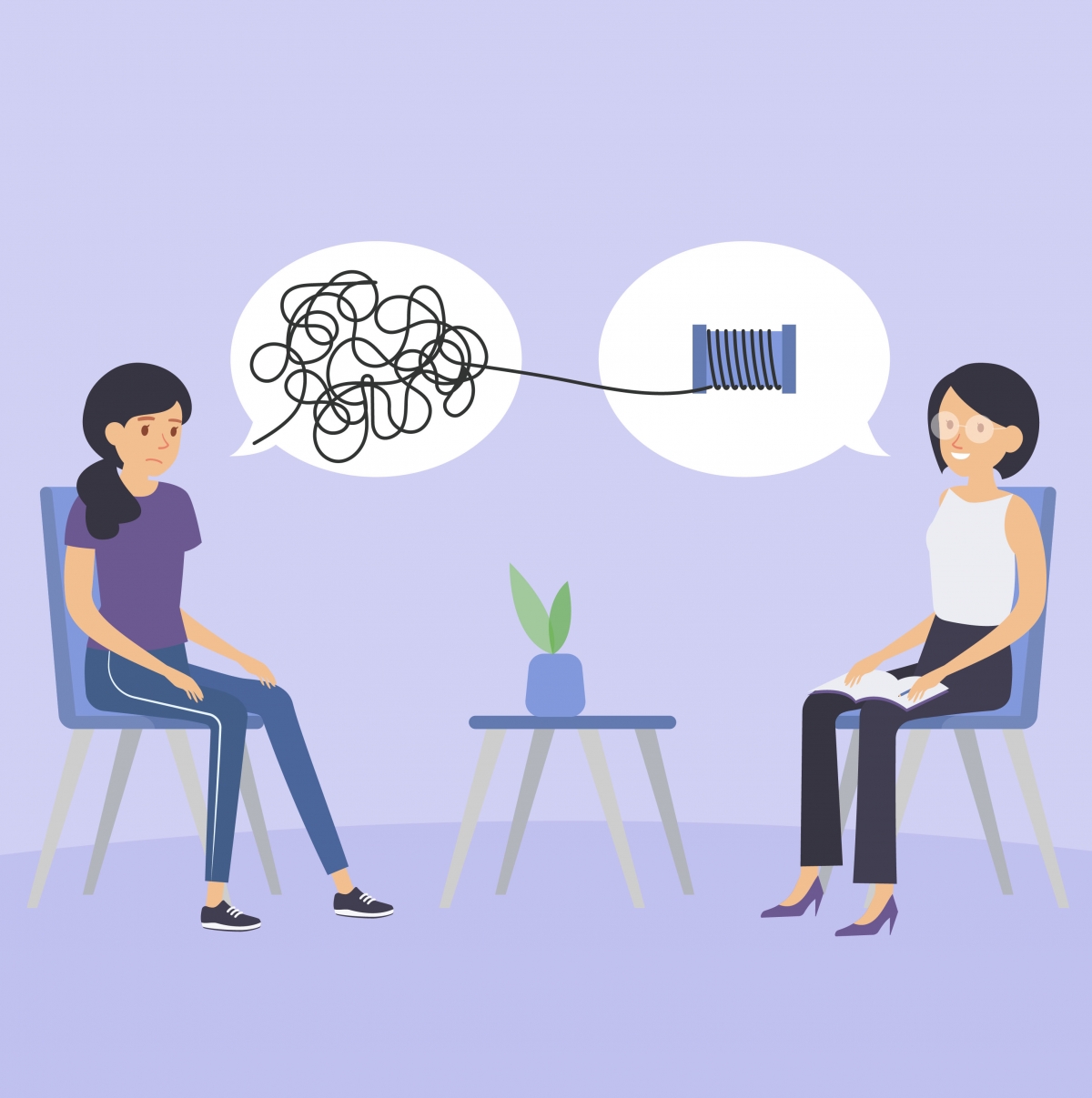 Professional Counsellors v/s Non-Professional Counsellors
Professional Counsellors v/s Non-Professional Counsellors 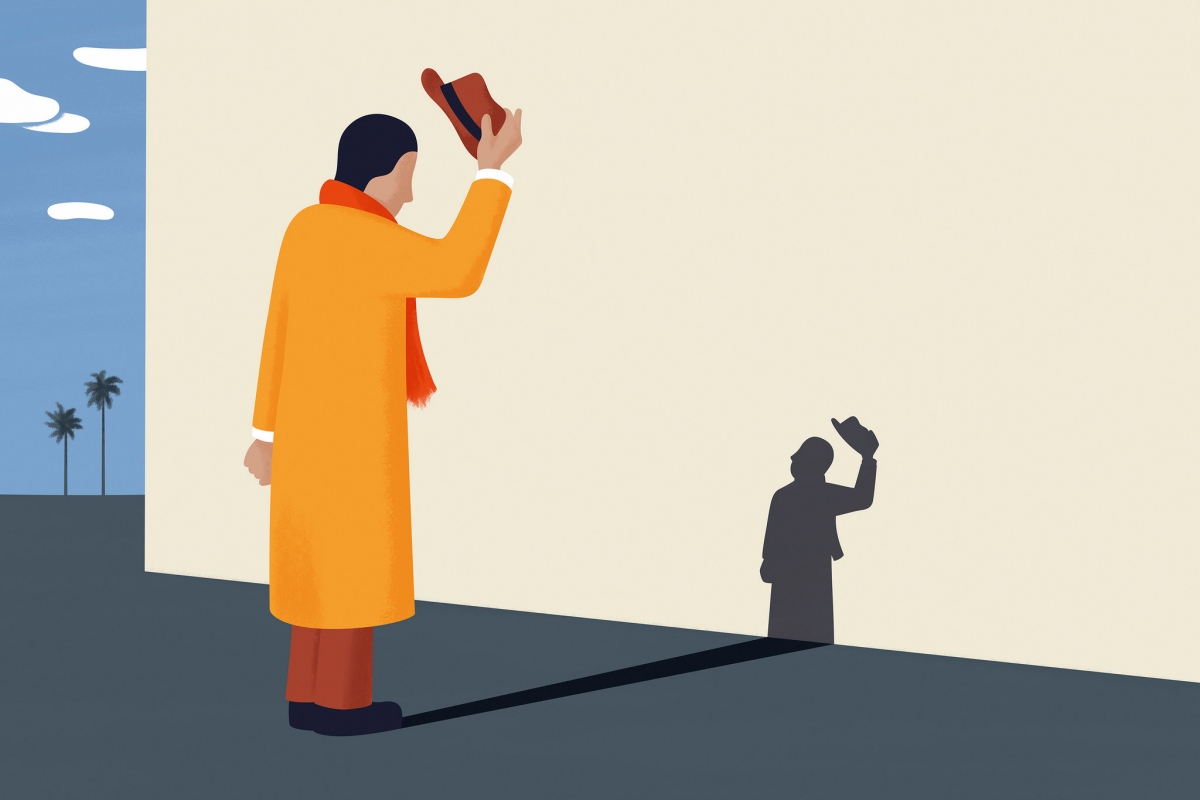 The Fallibility of Psychological Testing
The Fallibility of Psychological Testing  Cognitive Distortions
Cognitive Distortions 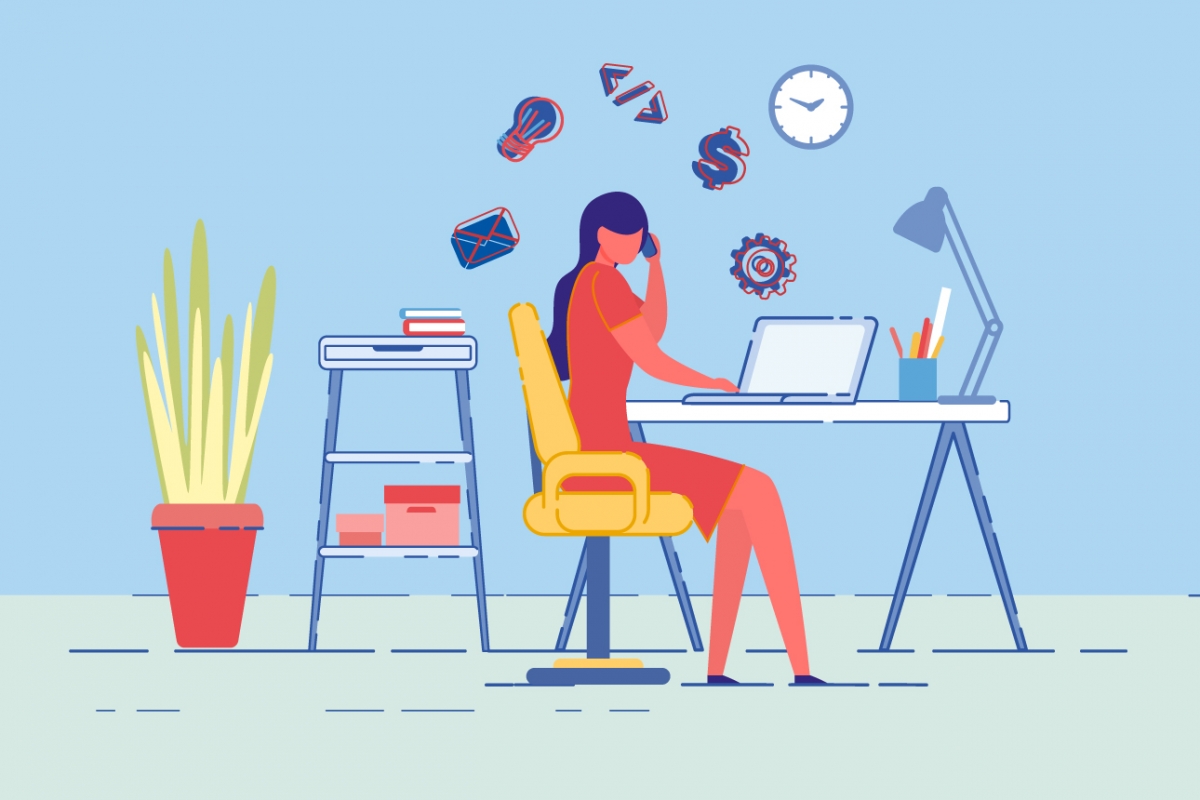 Managing Stress
Managing Stress 

